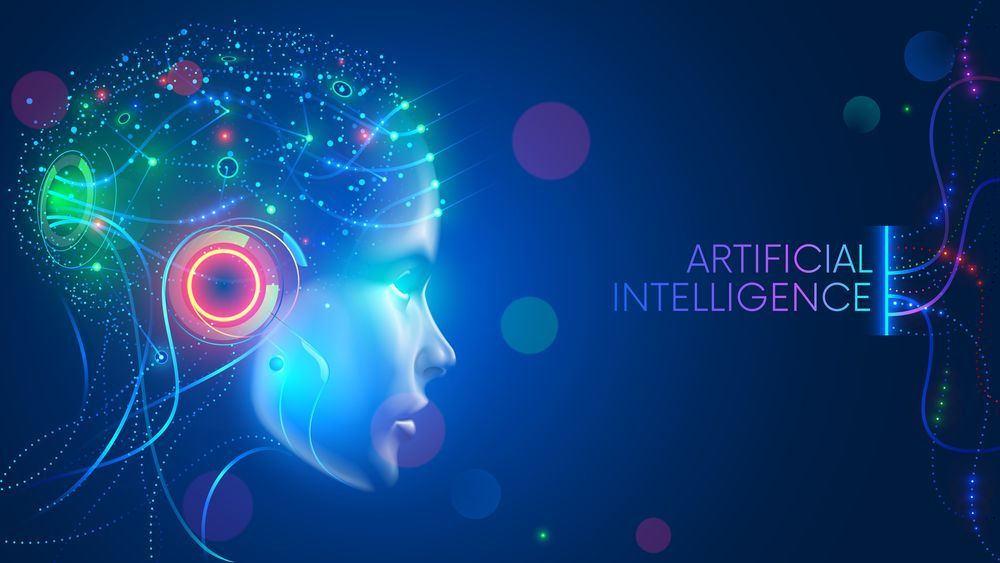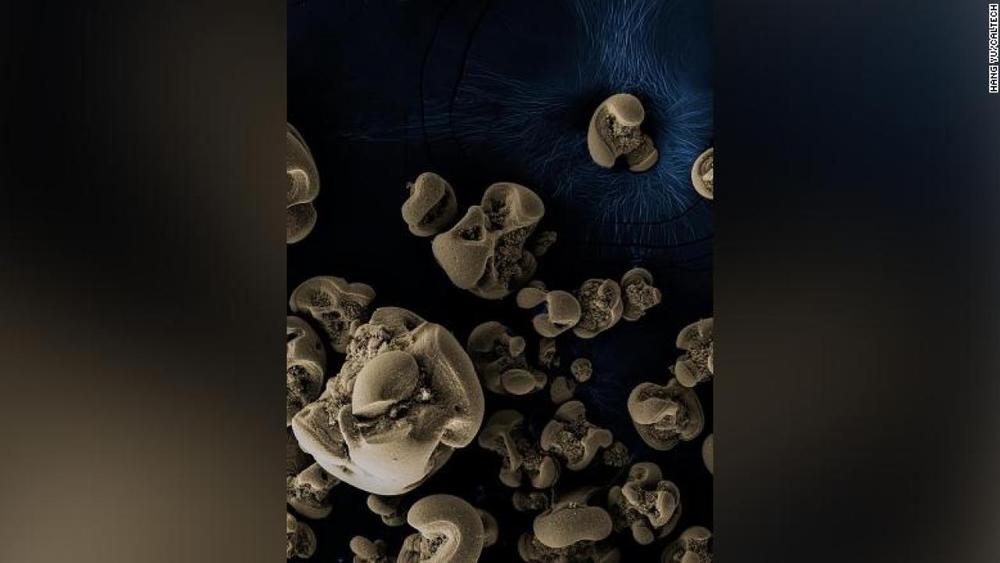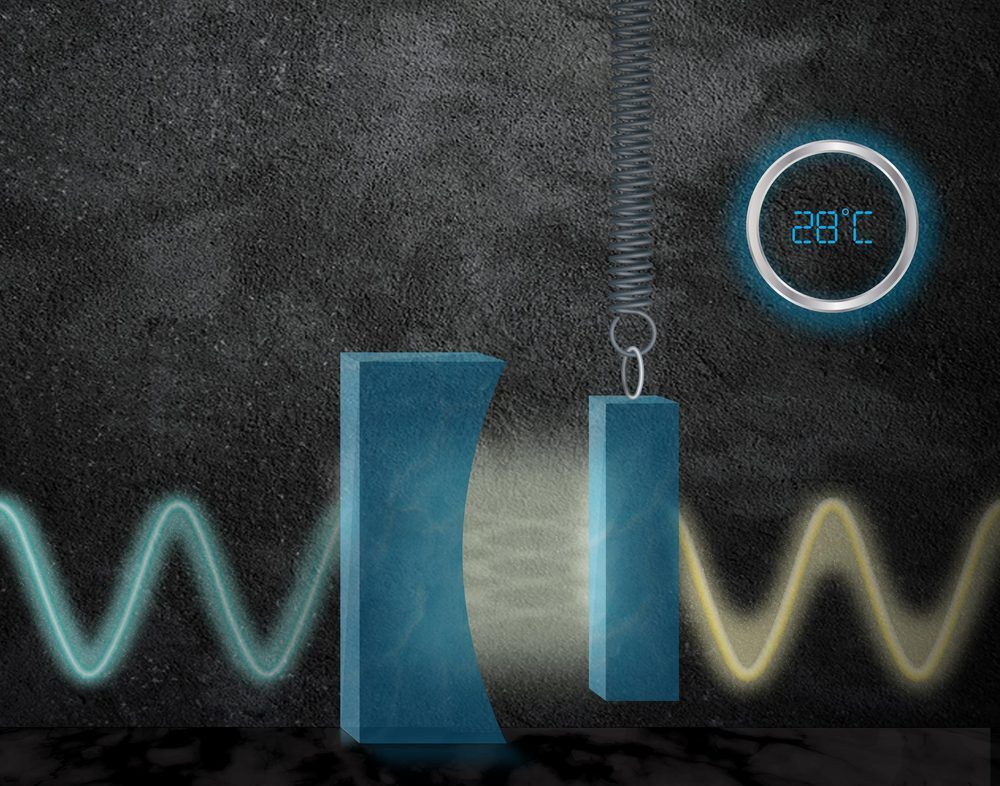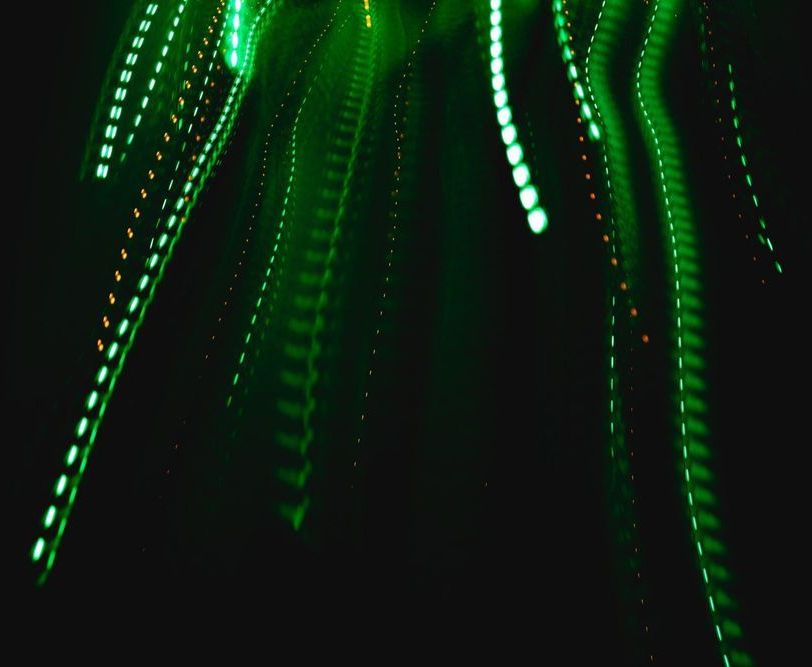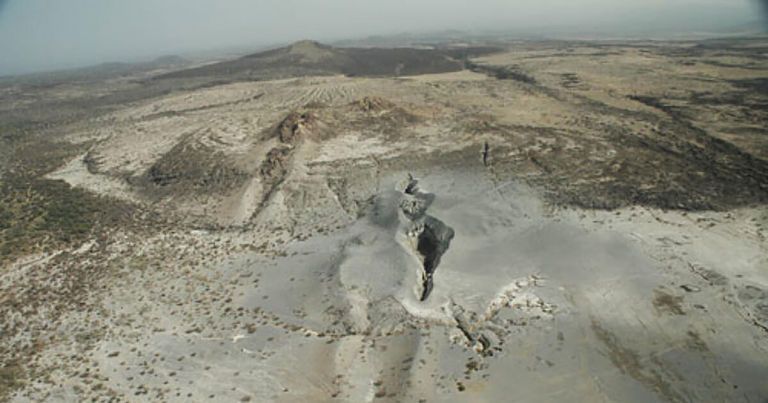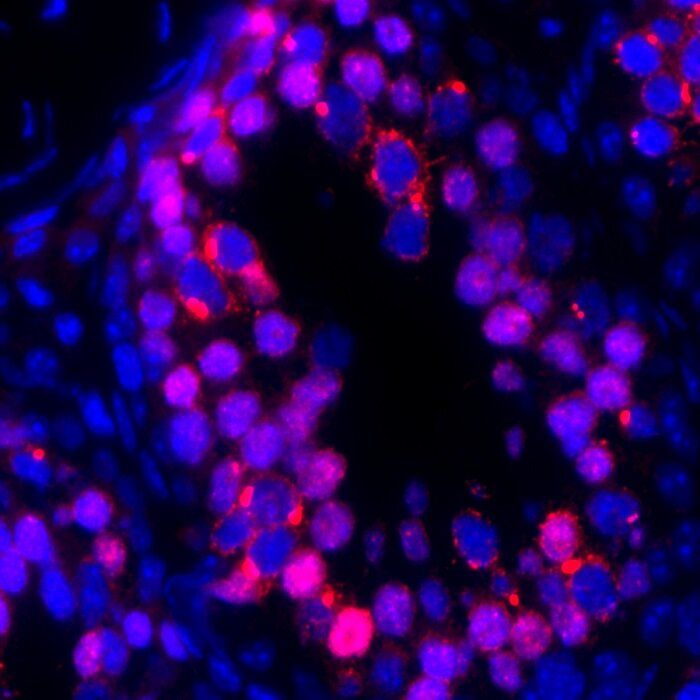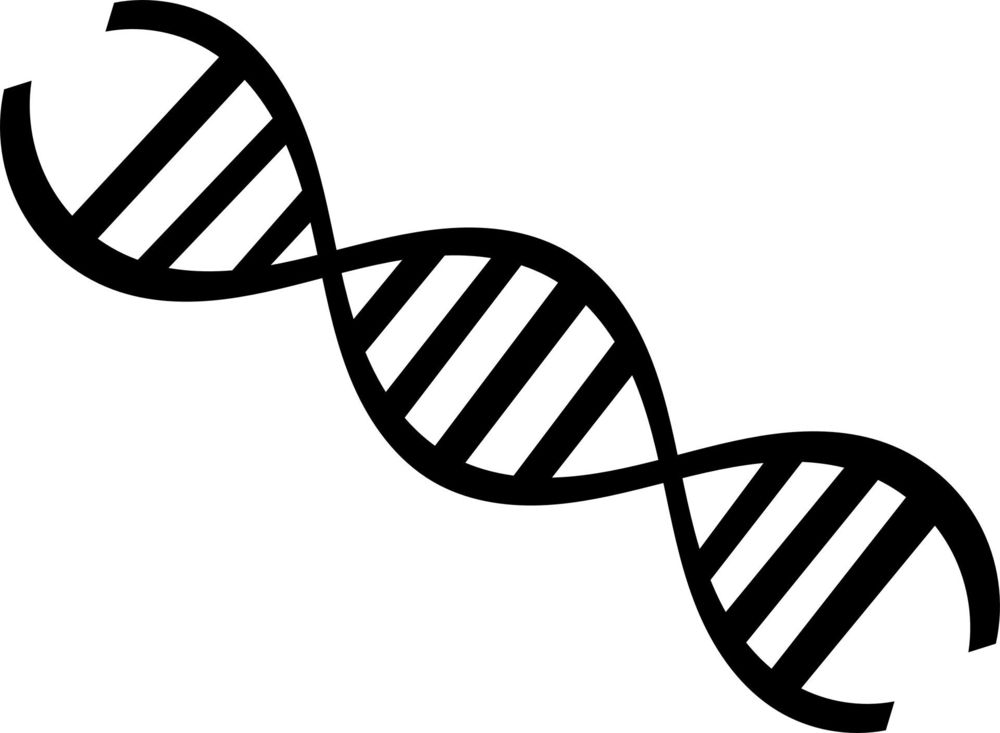Graphcore is offering a cheaper and more streamlined approach to AI tasks.
Researchers at the University of Texas at Austin have demonstrated a cobalt-free, high-energy, lithium-ion battery.
California (CNN) (07/17/20) — Scientists have discovered a type of bacteria that eats and gets its calories from metal, after suspecting they exist for more than a hundred years but never proving it.
Now microbiologists from the California Institute of Technology (or Caltech) accidentally discovered the bacteria after performing unrelated experiments using a chalk-like type of manganese, a commonly found chemical element.
Dr. Jared Leadbetter, professor of environmental microbiology at Caltech in Pasadena, left a glass jar covered with the substance to soak in tap water in his office sink, and left the vessel for several months when he went to work off campus.
Portable System Boosts Laser Precision, at Room Temperature
Physicists at MIT have designed a quantum “light squeezer” that reduces quantum noise in an incoming laser beam by 15 percent. It is the first system of its kind to work at room temperature, making it amenable to a compact, portable setup that may be added to high-precision experiments to improve laser measurements where quantum noise is a limiting factor.
The heart of the new squeezer is a marble-sized optical cavity, housed in a vacuum chamber and containing two mirrors, one of which is smaller than the diameter of a human hair. The larger mirror stands stationary while the other is movable, suspended by a spring-like cantilever.
A new system can significantly lower the production costs costs of mass quantum key distribution (QKD) networks, which will make them available to a wider user audience. This will make it possible to use QDK in the regular fiber-optic cable infrastructure. The paper was published in Scientific Reports.
Many have heard about quantum key distribution (QKD), which is also sometimes referred to as quantum encryption. Today, this is one of the safest ways to encode information that can then be used by major banks, military and governmental organizations. In a QDK system, the information is transmitted by quantum radiation, which is extremely hard for eavesdroppers to intercept.
“As a rule, QKD uses a weak laser light with an average number of photons less than unity,” explains Eduard Samsonov, a research associate at ITMO’s Faculty of Photonics and Optical Information. “This light has fundamental special features, the so-called quantum effects that leave no chance for a third party to infiltrate the channel to read the information without being noticed.”
In somewhere between five and ten million years, the tectonic plates that form Africa are likely to rip apart so much that it’ll eventually split the continent in two.
Within Ethiopia’s Afar region, the Arabian, Nubian, and Somali tectonic plates are slowly pulling away from each other, NBC News reports, gradually creating a vast rift — slowly forming a new ocean.
“We can see that oceanic crust is starting to form, because it’s distinctly different from continental crust in its composition and density,” University of Leeds Ph.D. student Christopher Moore told NBC.
GPS-equipped hunting dogs take a curious north-south jog, which seems to help them get their bearings.
New insights into an elusive process that protects developing sperm cells from damage in growing embryos, sheds light on how genetic information passes down, uninterrupted, through generations.
The study identified a protein, known as SPOCD1, which plays a key role in protecting the early-stage precursors to sperm, known as germ cells, from damage in a developing embryo.
During their development, germ cells undergo a reprogramming process that leaves them vulnerable to rogue genes, known as jumping genes, which can damage their DNA and lead to infertility.
A new paper revives a hero from physics’s past.
It might seem as though humans have little in common with the lowly yeast cell. Humans have hair, skin, muscles, and bones, among other attributes. Yeast have, well, none of those things.
But besides their obvious differences, yeast and humans, and much of life for that matter, have a great deal in common, especially at the cellular level. One of these commonalities is the enzyme our cells use to make RNA copies of sections of our DNA. The enzyme slides along a strand of DNA that has been unpacked from the chromosome in which it resides, to “read” the genetic code, and then assembles an RNA strand that contains the same code. This copying process, known as transcription, is what happens at a molecular level when a gene is activated in an organism. The enzyme responsible for it, RNA polymerase, is found in all eukaryotic cells (cells with a nucleus) and it is essentially the same in all of them, whether the cells are from a redwood, an earthworm, a caribou, or a mushroom.
That fact has presented a mystery for scientists, though: Although the DNA in a yeast cell is different in many ways from the DNA in a human cell, the same enzyme is able to work with both. Now, a team of Caltech researchers has discovered one way this happens.
